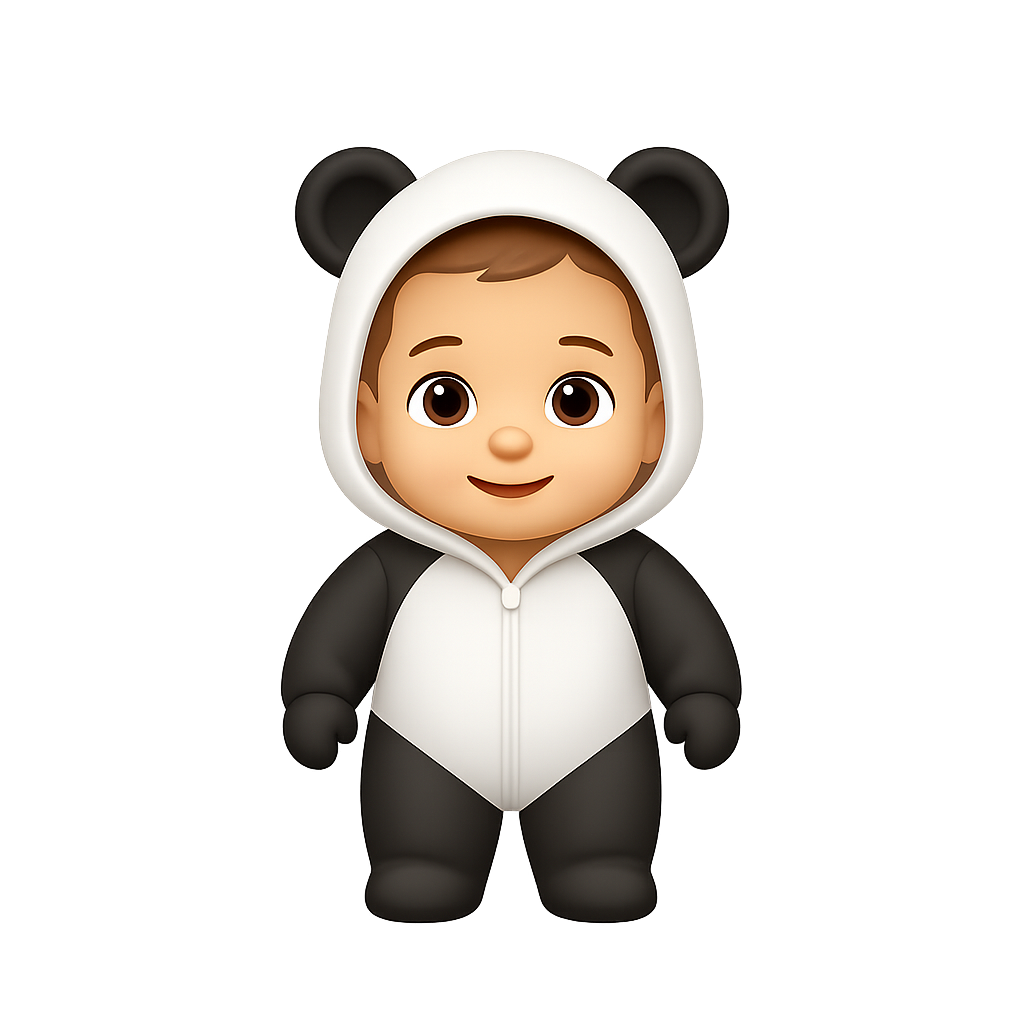How to Take the Best Photos for Baby Prediction: Professional Tips and Tricks
The quality of your photos directly impacts the accuracy and realism of AI baby predictions. Whether you're a photography pro or just using your smartphone, following these expert guidelines will help you capture images that produce the best possible results. We've compiled professional photography tips specifically tailored for AI baby generation.
Lighting: The Foundation of Great Photos
Natural light is your best friend when taking photos for AI baby prediction. Position yourself facing a large window during daylight hours, ensuring the light falls evenly across your face. Avoid harsh direct sunlight that creates shadows under your eyes, nose, or jawline, as this can obscure important facial details the AI needs to analyze.
If shooting indoors, face toward the main light source. The ideal setup creates soft, even illumination that eliminates dark shadows while maintaining natural-looking contrast. Professional photographers recommend using a north-facing window or shooting during the golden hour, when sunlight is warm and diffused. Avoid overhead fluorescent lighting, which can create unflattering shadows and color casts.
Camera Angles and Positioning
The best photos for AI baby generation are taken at eye level, with your face filling the frame. Hold the camera directly in front of you, not above or below, to avoid perspective distortion. Your eyes should be about one-third from the top of the frame, with your entire face visible.
Maintain a natural, neutral expression with your eyes open and looking at the camera. Avoid tilting your head or looking away, as this makes it harder for the AI to accurately map your facial features. Both parents should use consistent angles and distances to ensure the AI can properly compare and blend their features. Consistency is key for the best blending results.
Background and Distractions
A clean, simple background helps the AI focus entirely on your facial features. Choose a plain background without patterns, bright colors, or visual clutter. A neutral wall, solid color backdrop, or blurred background works best. The less distraction, the better the AI can isolate and analyze your unique facial characteristics.
Remove accessories that might interfere with facial recognition, including large hats, sunglasses, excessive jewelry around the face, or elaborate hairstyles that cover your forehead. Earrings are fine, but avoid dangling pieces that might obscure your jawline. The goal is to let your natural facial structure shine through clearly.
Image Quality and Resolution
Higher resolution photos produce more detailed predictions. Use the highest quality setting on your camera or smartphone. Modern smartphones can capture excellent photos, but avoid using overly processed filters or editing apps that might alter your natural features before the AI analysis.
Ensure your photos are in focus, sharp, and well-exposed. Blurry or dark photos make it impossible for the AI to accurately identify facial landmarks and features. If using a smartphone, tap on your face to set focus, and use burst mode to capture multiple shots, then select the clearest ones. Avoid excessive digital zoom, which can degrade image quality.
Common Mistakes to Avoid
One of the most common mistakes is using old, low-resolution photos with poor lighting. The AI needs current, high-quality images to make accurate predictions. Another frequent error is taking photos at different times of day or in different lighting conditions, which can affect skin tones and make blending appear unnatural.
Avoid using heavily edited photos, Instagram filters, or beauty apps that alter your facial features. Makeup should be minimal and natural, allowing your true bone structure and features to show through. Multiple angles are fine for choosing the best shot, but avoid using photos where you're looking in different directions or have different expressions.
Pro Tips for Professional Results
Professional photographers recommend shooting in RAW format when possible, which preserves maximum detail. However, high-quality JPEGs work excellently for AI baby generation. Take multiple photos with slight variations in lighting and expression, then select the best options.
If both partners are in different locations, coordinate to take photos under similar lighting conditions at the same time of day. This ensures consistent skin tones and shadows that blend more naturally. Consider having someone else take the photos so you can focus on your expression and positioning rather than holding the camera. This often results in more natural, relaxed photos that produce better AI predictions.
RELATED ARTICLES
How to Generate a Polaroid Photo With Your Partner and Baby
Create a realistic Polaroid-style photo of you, your partner, and your future baby with SeeFutureBaby. Learn how to generate vintage-style AI family Polaroids in seconds - perfect for sharing, gifting, or framing.
How to Generate a Future Baby Portrait Photo
Upload your photos and instantly generate a realistic AI portrait of your future baby. Try SeeFutureBaby's portrait mode to see what your child might look like — beautifully, instantly, and privately.
